Sagan and Valverde favourites for Tirreno-Adriatico's tough stage 2
Paolo Bettini-designed finale in Pomarance likened to Amstel Gold Race
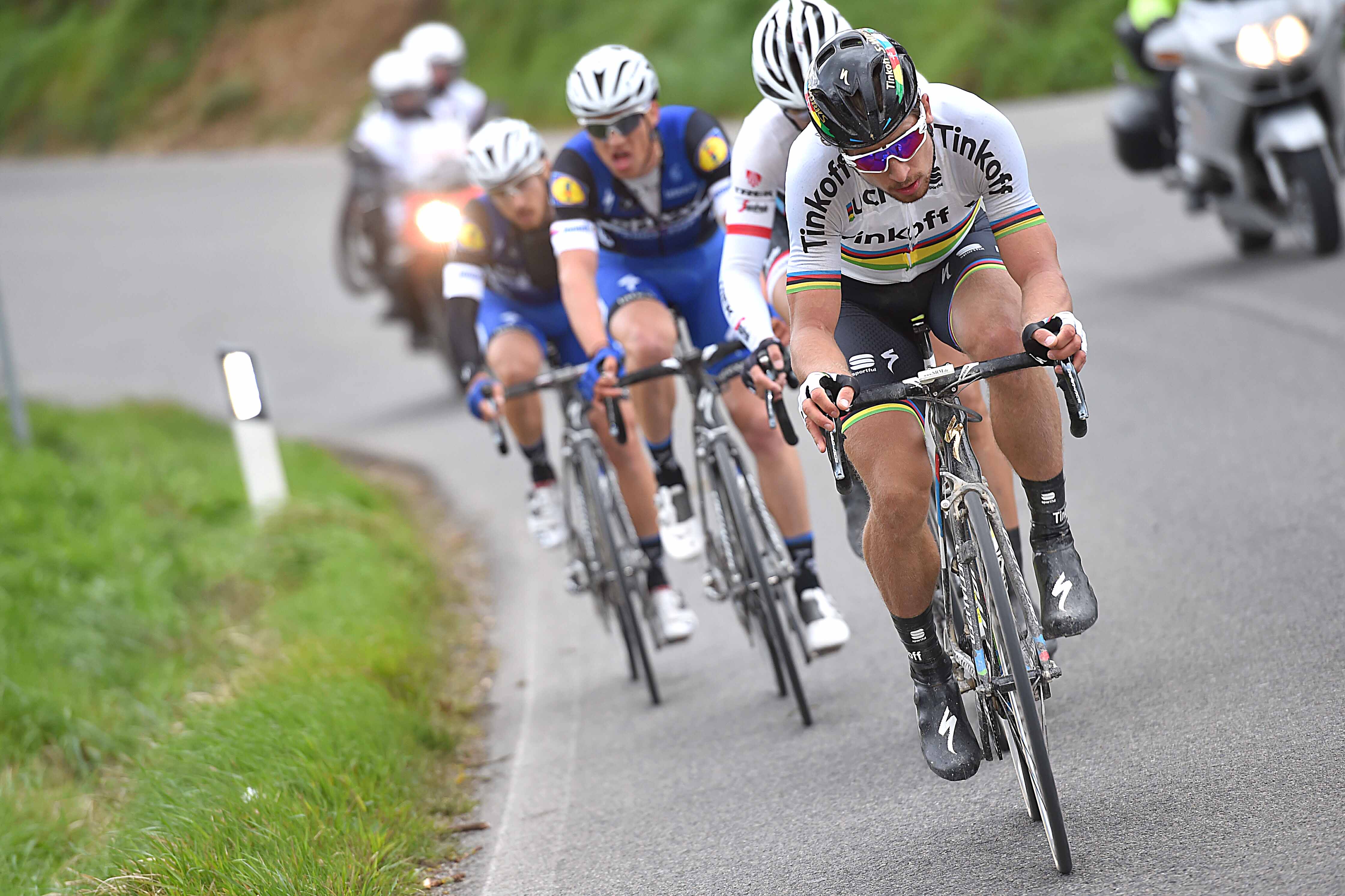
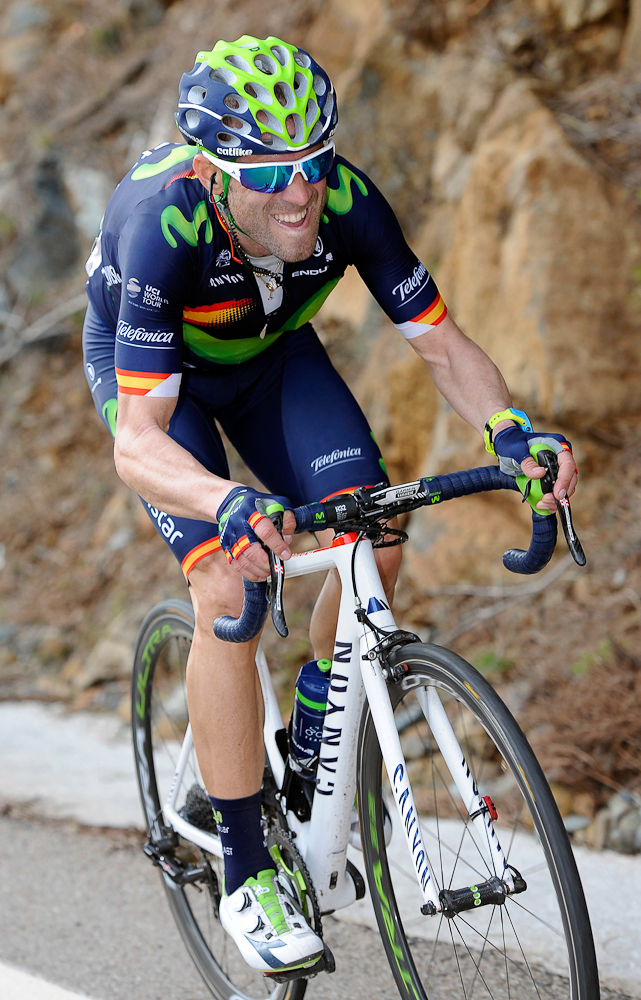
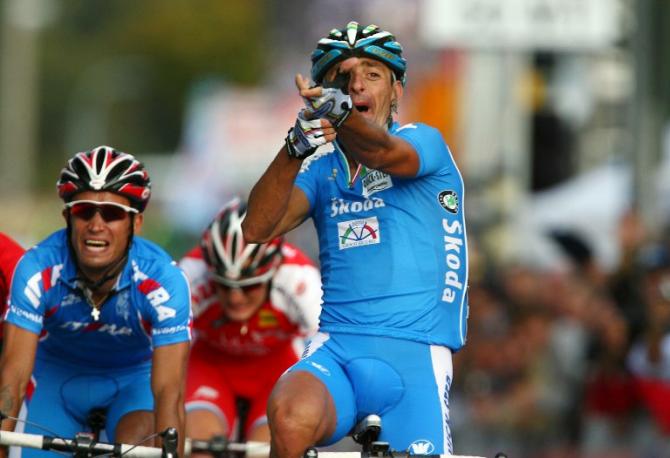
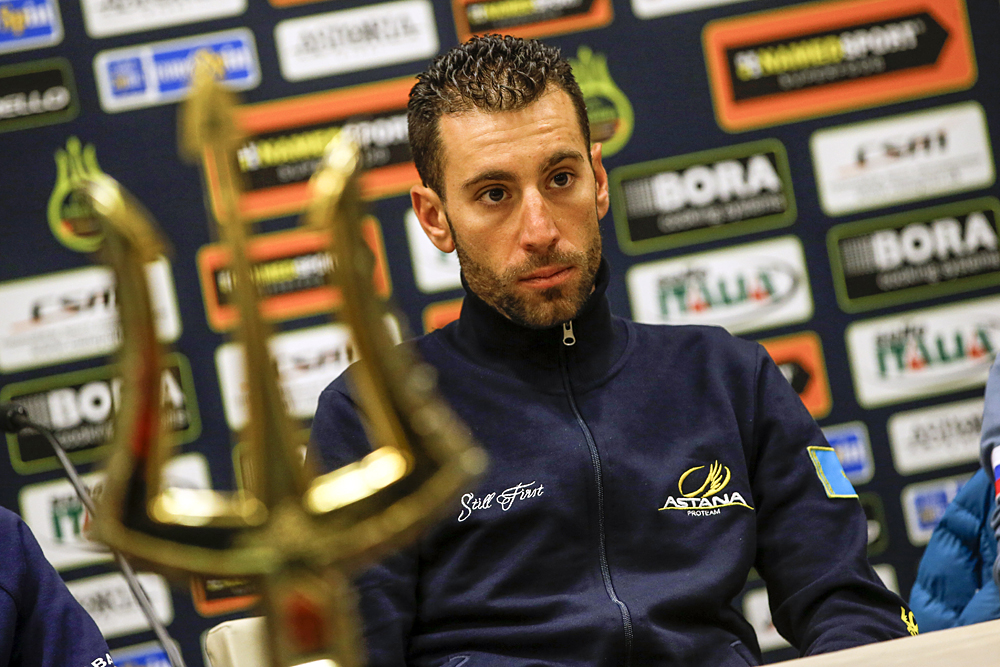
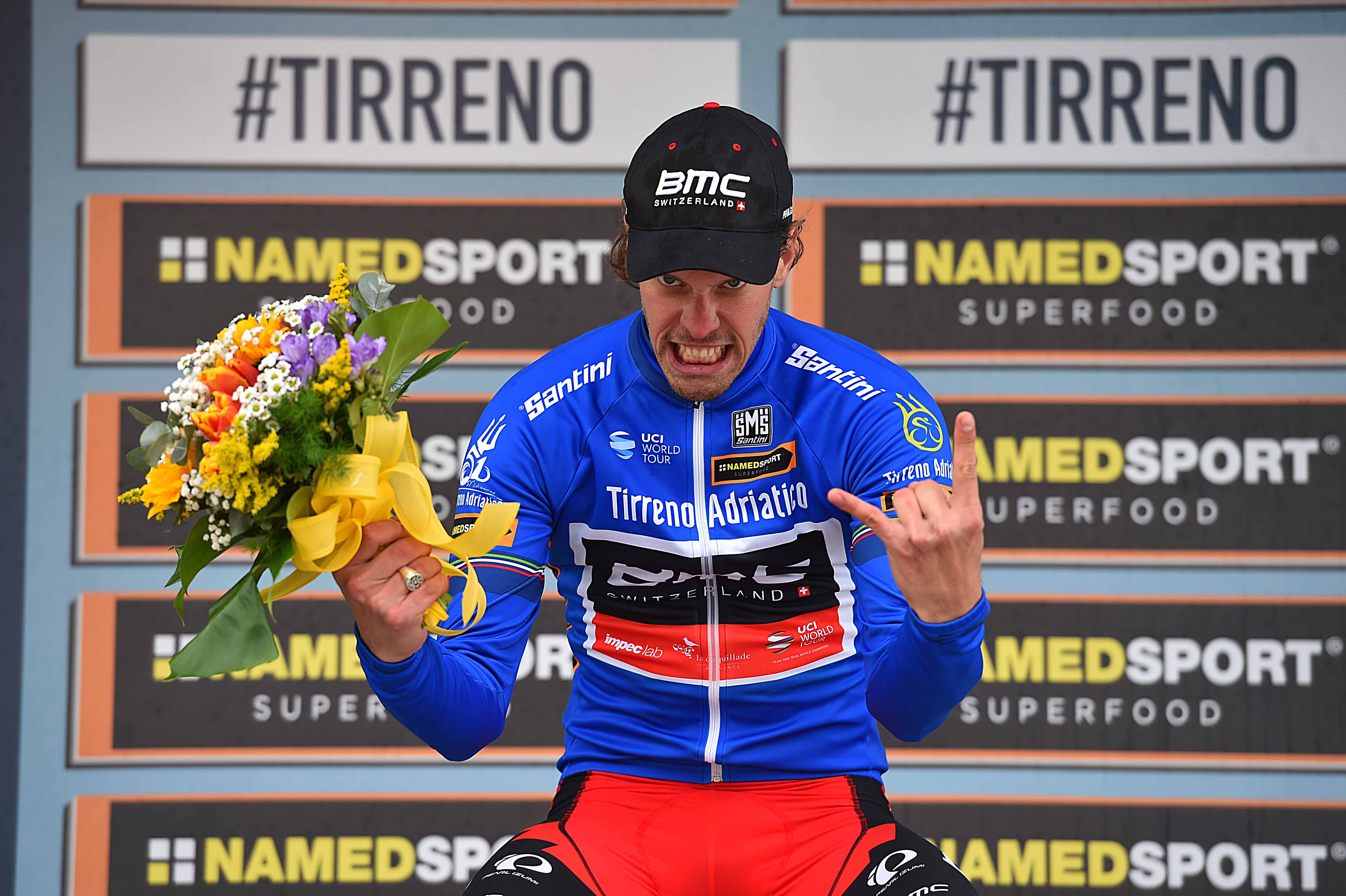
The finale of stage 2 of Tirreno-Adriatico was designed by two-time world champion Paolo Bettini and, hardly surprisingly, the finish at Pomarance seems set to favour riders in his own image – puncheurs who pack a decent sprint, with Alejandro Valverde (Movistar) and Peter Sagan (Tinkoff) among the contenders for the win.
The 207-kilometre stage has a rather gentle opening, with flat roads greeting the peloton as it heads south from the start in Camaiore via Pisa and Cecina. The softening-up process begins with the climb to Pian di Forno after 150 kilometres, which is followed in quick succession by a kick up to the intermediate sprint at Castelnuovo Val di Cecina.
The real sting of the day comes in its tail, however, on the sinuous roads around Pomarance. The village is located in the so-called Valle del Diavolo - Devil's Valley - which the tourist brochures like to claim provided some of the inspiration for the lay-out of Dante's Inferno. The inspiration for Thursday's stage was not so much the Hell of the North, however, as the hills of Limburg.
“The last 25 kilometres are very technical,” Bettini wrote in Gazzetta dello Sport. “And the final 12 kilometres are the decisive ones – the race goes into the countryside and the roads are narrow and twisting, they remind you of Amstel Gold Race. That’s a race I never won and where there’s barely a metre of flat.”
The highlight of the finale is the climb of the Cerreto – or, as Bettini jokingly labels it, the “Cerretemberg” – whose summit comes just three kilometres from the finish line.
The gradient stiffens and relaxes irregularly on the road leading up to the climb proper, and the toughest section begins with four kilometres remaining on the stage, as the slopes pitches up to 16%. After a brief respite, the road tilts upwards again, and this time the Tirreno-Adriatico peloton faces 350 metres at 17% before the summit.
Cruelly, the climb is not followed by a true descent – instead, the road ripples up and down all the way to the finish, which is itself uphill. “There’s curve after curve in the last 3 kilometres after the climb,” Bettini points out. “There’s no room for the sprinters.”
Get The Leadout Newsletter
The latest race content, interviews, features, reviews and expert buying guides, direct to your inbox!
After a final 50 kilometres that packs in some 2,000 metres of vertical climbing, Bettini identifies one rider above all others as the favourite in a reduced group sprint, Alejandro Valverde (Movistar). “He’s already won in 2016, so he’s in form and these kinds of finishes suit him really well.”
Greg Van Avermaet (BMC), winner of the uphill sprint at Arezzo last year, and world champion Peter Sagan (Tinkoff) are also obvious contenders in such a finale, with Bettini reckoning that the Slovak “could do really well on the roads where I trained for so many years.”
Bettini also names Vincenzo Nibali (Astana) as a potential winner and notes that there will be two simultaneous races within a race on Thursday afternoon – while the Classics stars such as Sagan, Van Avermaet and Zdenek Stybar (Etixx-QuickStep), and puncheurs like Diego Ulissi (Lampre-Merida) seek a stage win, the overall contenders will be loath to miss out on the opportunity to snatch a few seconds’ advantage here.
There are time bonuses of 3, 2 and 1 seconds at the two intermediate sprints either side of Pian di Forno, and then 10, 6 and 4 seconds on offer for the top three at the finish. BMC's Daniel Oss leads Tirreno-Adriatico after Wednesday's team time trial, but the Italian will be hard-pressed to retains his blue jersey - not least with teammates Greg Van Avermaet and Tejay van Garderen poised on the same time.
“The stage presents a Classics-style finale that I helped to ‘design,’” Bettini writes, mindful, no doubt, that not everyone in the peloton will be grateful for his input. “Thinking back on it, I’ve been a bit of a bastard…”